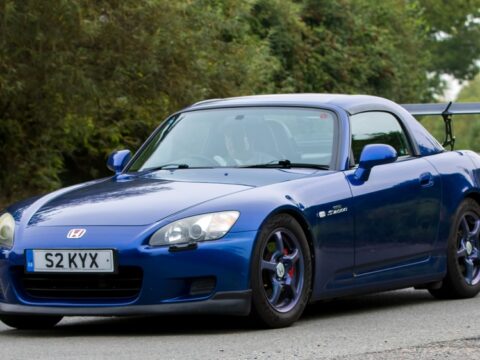In the world of military technology, not every vehicle lives up to its promise. Some fail to deliver on performance, reliability, or innovation. In this article, we explore 17 military vehicles that, despite high hopes and significant investment, ultimately fell short of expectations. These are the stories of machines that missed the mark in the battlefield and beyond.
Contents
M247 Sergeant York
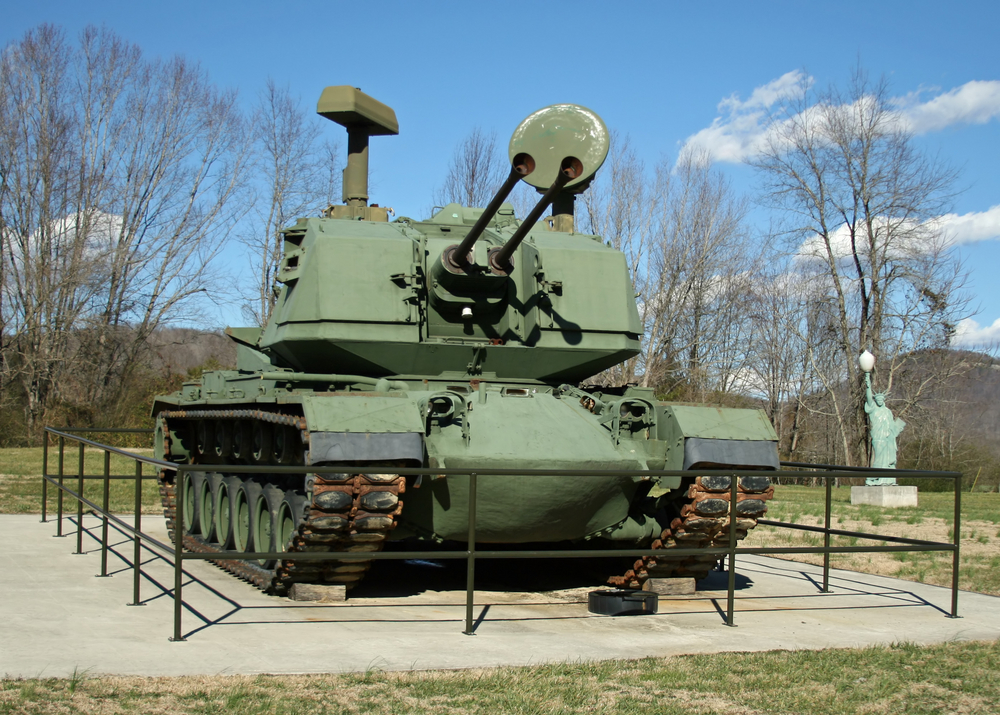
The M247 Sergeant York was designed to replace outdated anti-aircraft systems, but it became notorious for its technical failures during testing. Issues with its radar targeting system, which frequently locked onto irrelevant objects like trees and latrines instead of aircraft, showcased its unreliability. Despite significant investment, it was unable to perform adequately in trials, leading to its cancellation.
Bradley Fighting Vehicle (Initial Versions)

The early models of the Bradley Fighting Vehicle were heavily criticized for their poor armor protection and vulnerability to fire. Initially intended to serve as a scout vehicle, the Bradley’s design compromises led to it being both under-armed and inadequately protected. These issues necessitated extensive and costly redesigns to improve its survivability and functionality on the battlefield.
V-22 Osprey
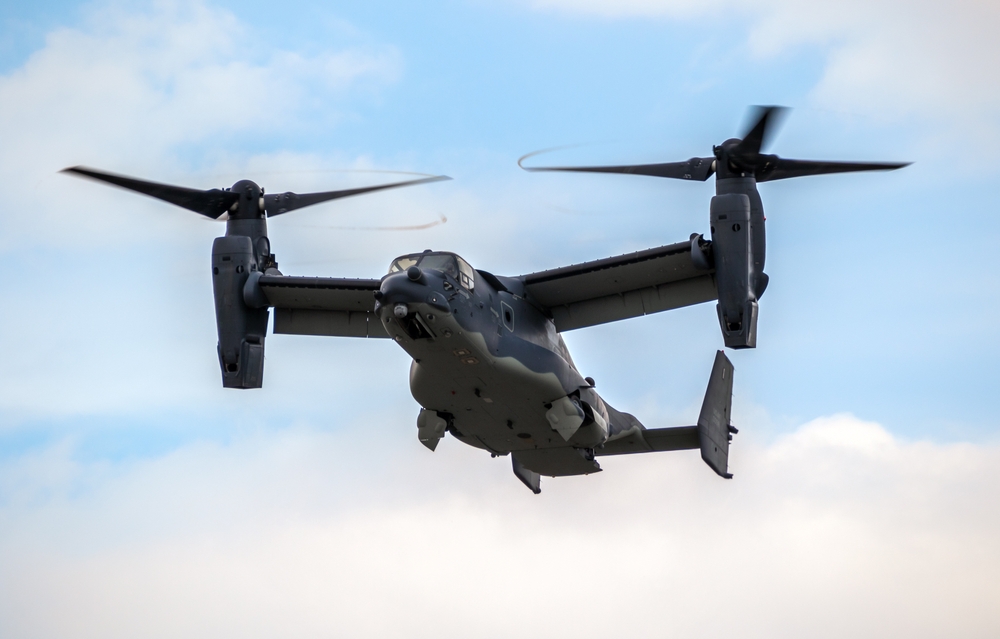
The V-22 Osprey, a tiltrotor aircraft intended to combine the vertical takeoff capabilities of a helicopter with the speed of an airplane, faced a troubled development. Its early years were marred by numerous crashes and technical failures, resulting in the loss of lives and significant delays. High-profile accidents and escalating costs almost led to its cancellation before it eventually achieved operational status.
M551 Sheridan
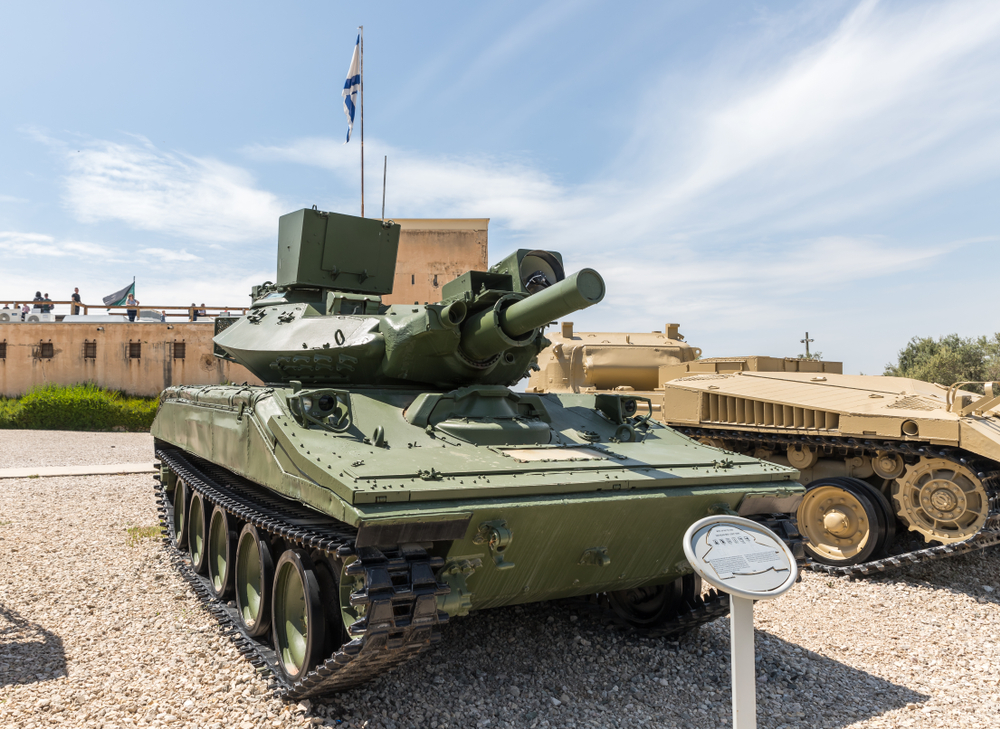
The M551 Sheridan was a light tank intended to provide airborne forces with potent firepower. However, it suffered from significant reliability issues and an ineffective main gun/missile system that frequently malfunctioned. Its aluminum armor made it vulnerable to mines and heavy machine guns, leading to mixed reviews and limited deployment in combat situations.
Zumwalt-Class Destroyer
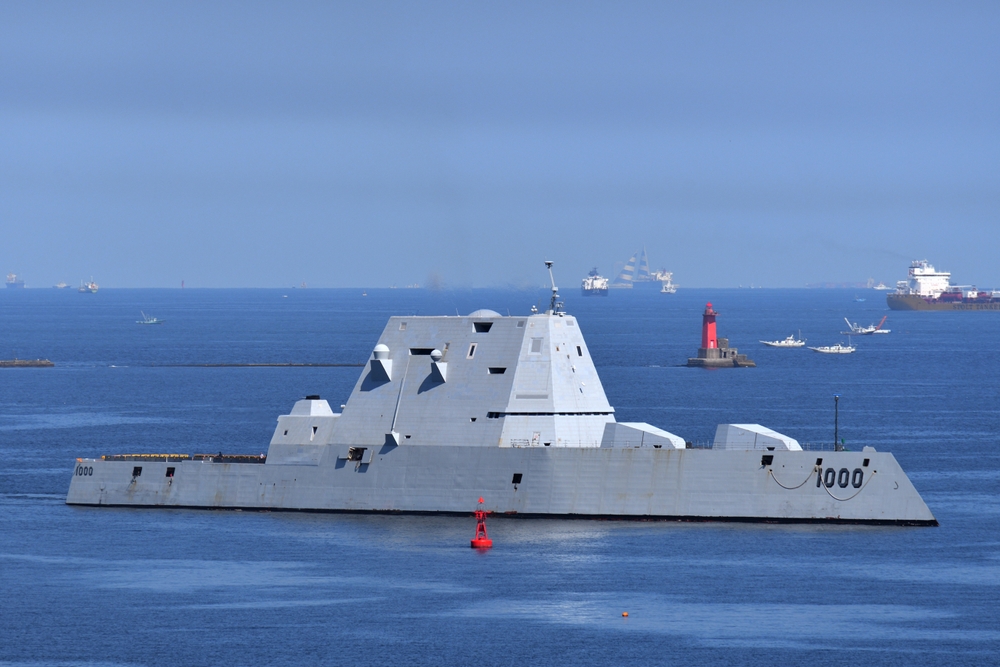
The Zumwalt-class destroyer was designed to be a cutting-edge warship with advanced stealth capabilities. However, it faced massive cost overruns and numerous technical problems. The program’s high costs and complex technologies resulted in the planned fleet size being drastically reduced from 32 ships to just 3, limiting its impact on naval operations.
Lockheed Martin F-35 Lightning II (Early Development)
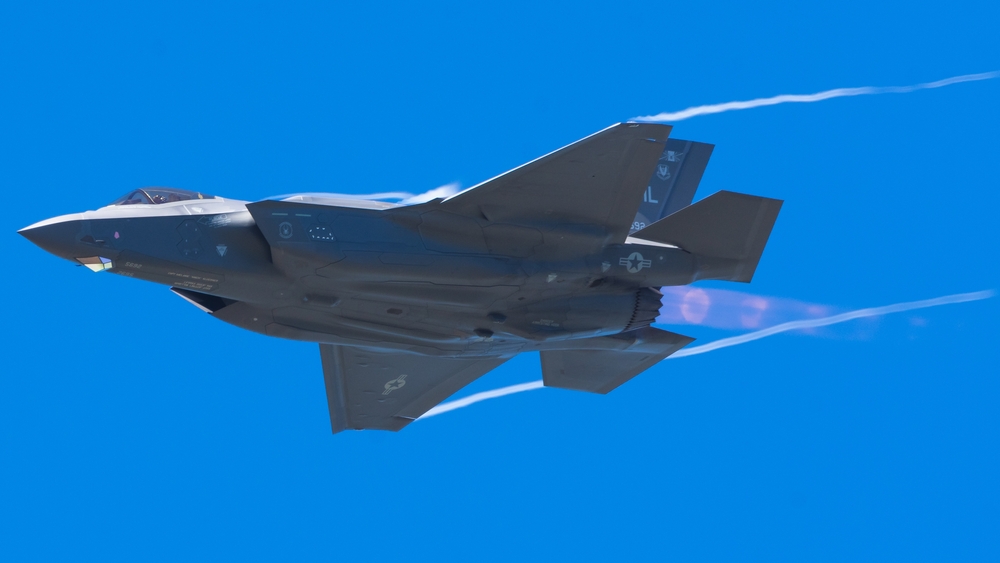
The F-35 faced a rocky development period characterized by extensive delays, skyrocketing costs, and numerous technical challenges. Initial versions struggled with software issues, engine problems, and subpar performance in critical areas. While many of these issues have since been addressed, the early phase of the program was marked by significant setbacks.
LAV III (Early Versions)

The LAV III, a light armored vehicle, initially faced criticism for its inadequate mobility and armor protection. Early versions were not as effective in diverse terrains and offered limited protection against improvised explosive devices (IEDs). These shortcomings required subsequent upgrades to enhance its operational capabilities and survivability.
Boeing-Sikorsky RAH-66 Comanche
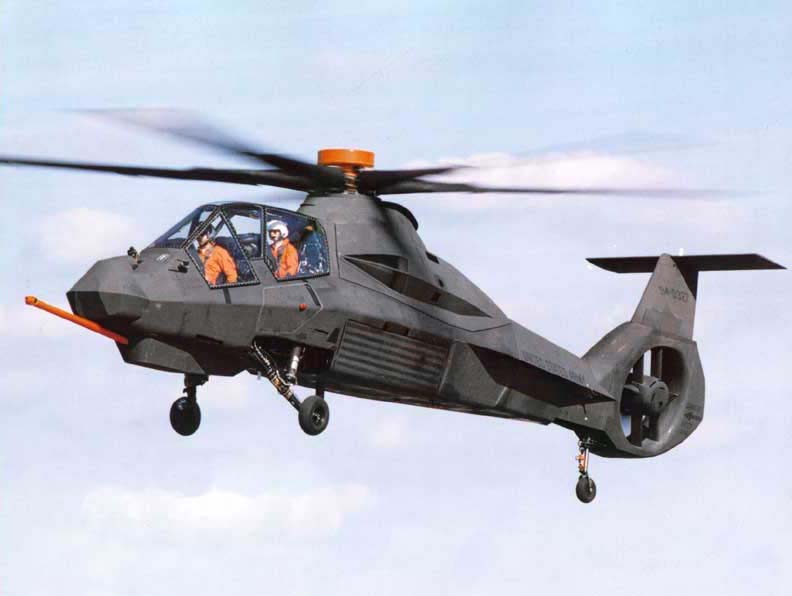
The RAH-66 Comanche was a stealth reconnaissance helicopter intended to provide superior battlefield intelligence. However, its development was plagued by escalating costs and shifting military priorities. Despite significant investment, the program was eventually canceled as the Army opted to focus on upgrading existing helicopters and UAV technology.
HMS Astute
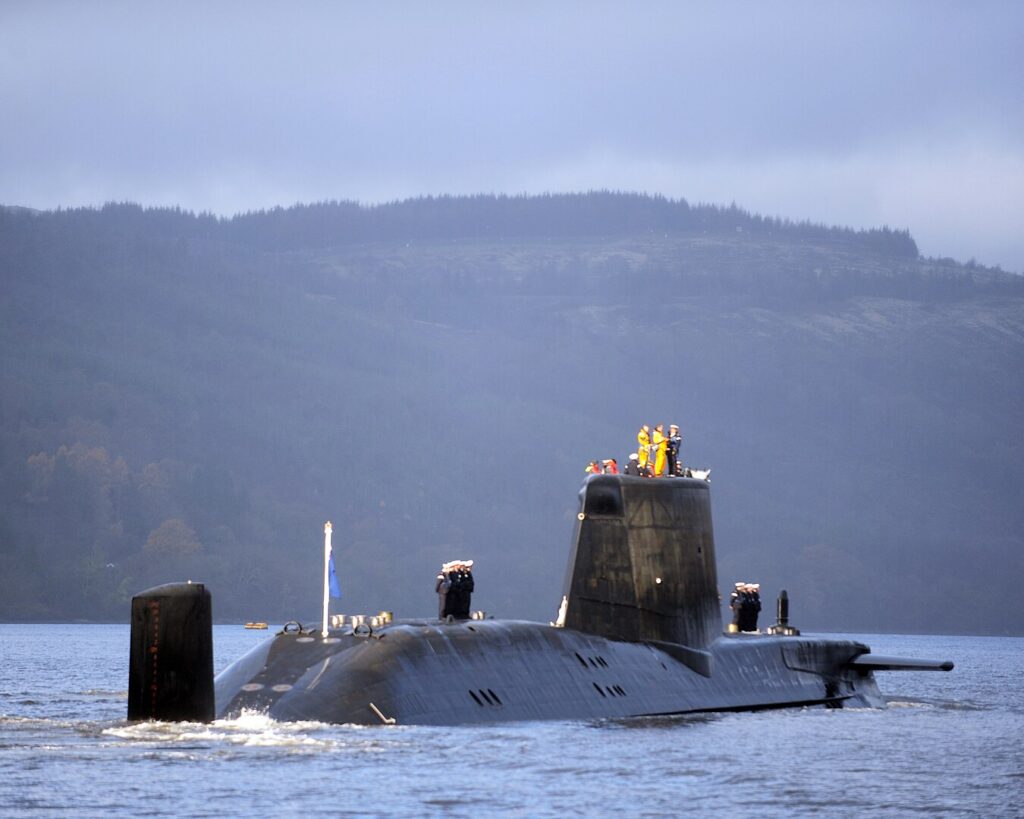
The Astute-class submarines of the Royal Navy faced numerous delays and technical problems during their construction. Notable issues included propulsion system failures and even running aground during trials. These problems caused significant embarrassment and highlighted the challenges in bringing this class of advanced submarines into operational readiness.
Grumman A-12 Avenger II
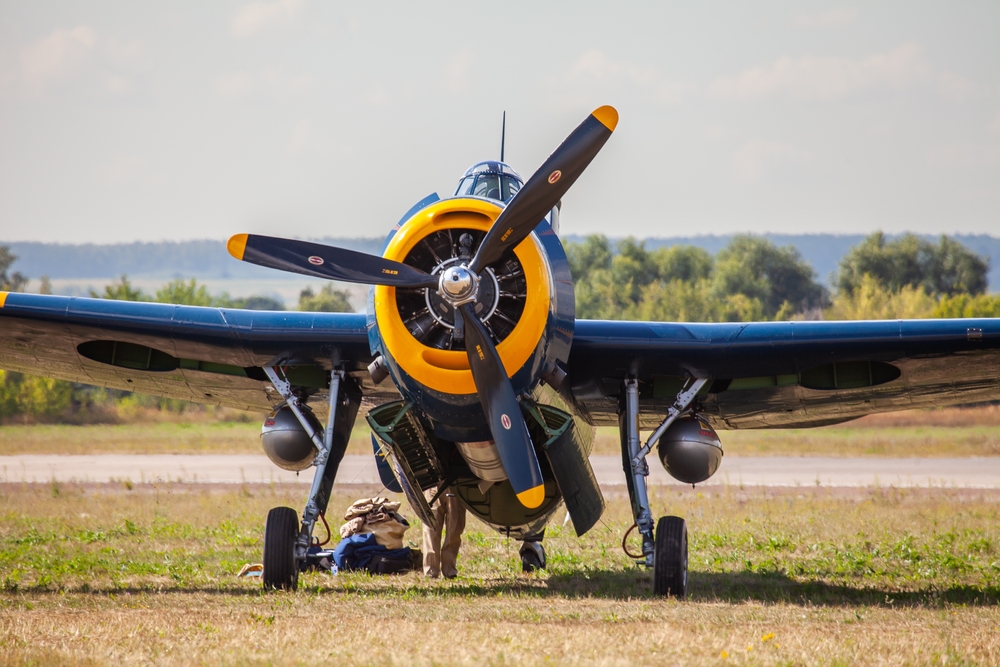
The A-12 Avenger II was intended to be a next-generation stealth bomber for the Navy and Marine Corps. However, the program faced massive cost overruns, technical difficulties, and significant delays. These challenges ultimately led to the program’s cancellation before any operational aircraft were built, making it one of the most expensive failures in military aviation history.
BTR-90
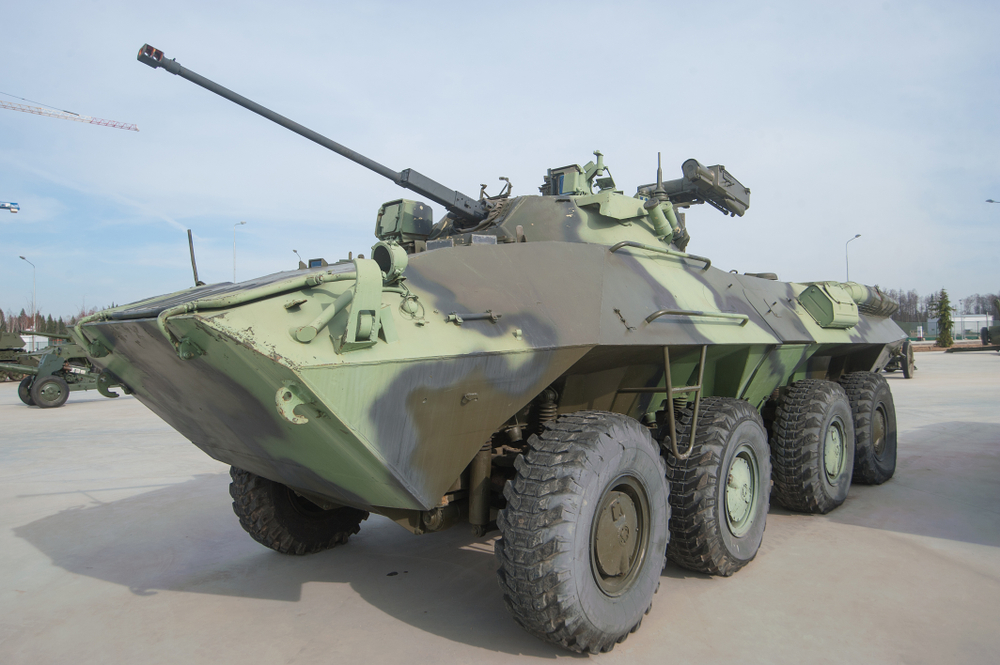
The Russian BTR-90 armored personnel carrier aimed to be a modern improvement over its predecessors. However, it faced criticism for its high cost and complexity, which did not translate into significantly enhanced performance. Its limited improvement in mobility and protection compared to earlier models led to its low adoption and eventual discontinuation.
AGM-129 ACM
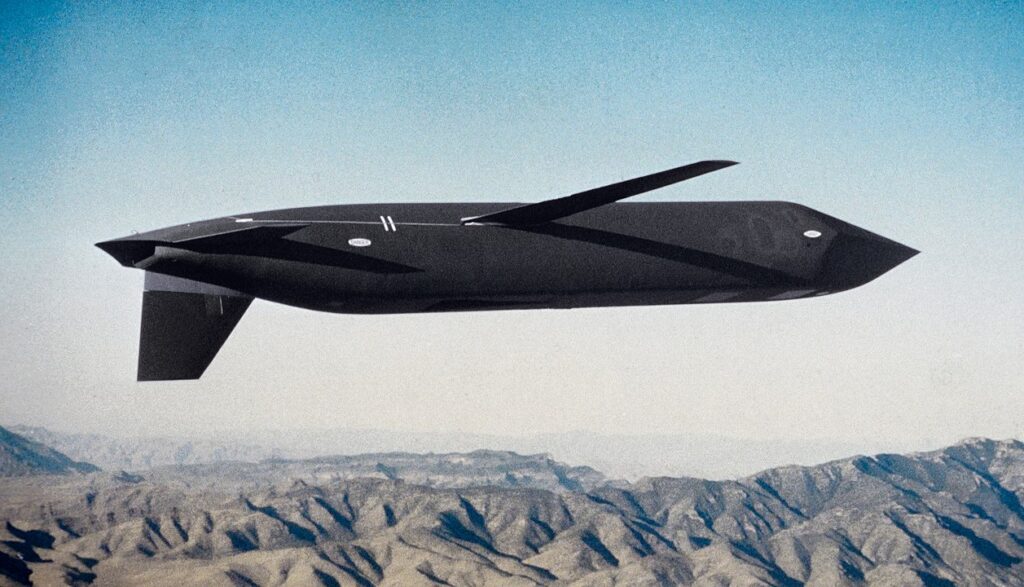
The AGM-129 Advanced Cruise Missile was designed to offer enhanced stealth capabilities. Despite its potential, the program was canceled due to high costs and shifting strategic needs. Its development was plagued by technical issues and changing requirements, making it a costly investment that did not yield the expected operational benefits.
XM2001 Crusader
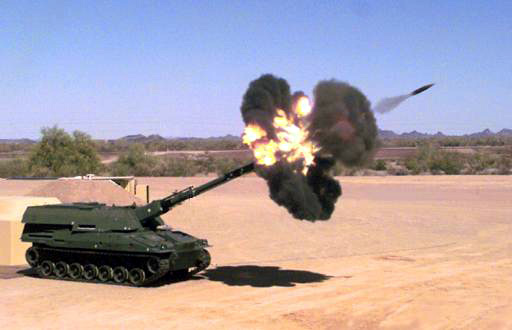
The XM2001 Crusader was an advanced self-propelled artillery system intended to provide superior firepower and mobility. Despite its innovative design, the program faced significant cost concerns and changing military priorities. These factors led to its cancellation, as the Army decided to focus on other modernization efforts that were deemed more critical.
T-64 Tank
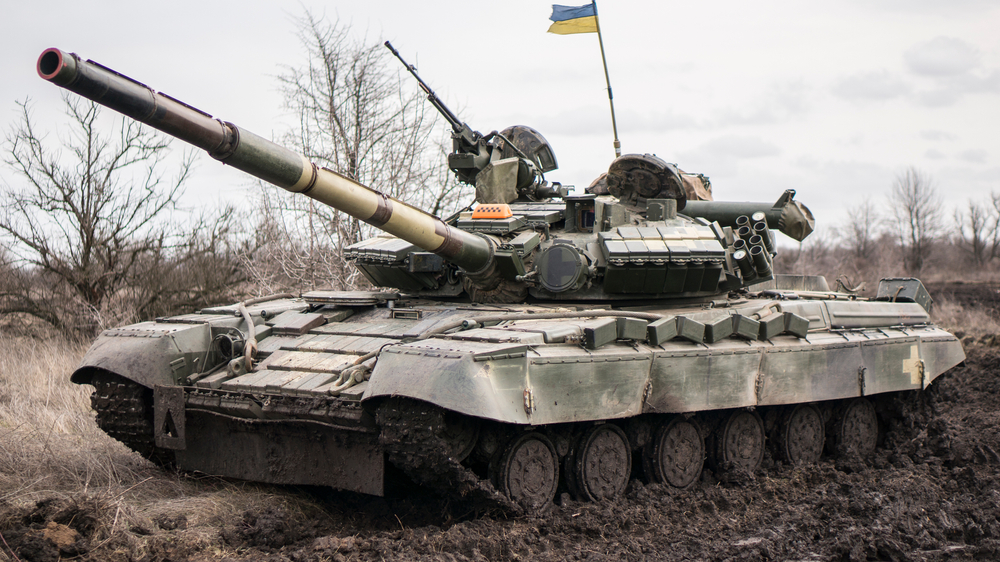
The Soviet T-64 was initially revolutionary, featuring advanced armor and a powerful gun. However, it suffered from severe reliability issues and was expensive to produce. These factors limited its deployment mainly to elite units, and it never became as widely used as intended, overshadowed by more reliable and cost-effective designs.
F-104 Starfighter
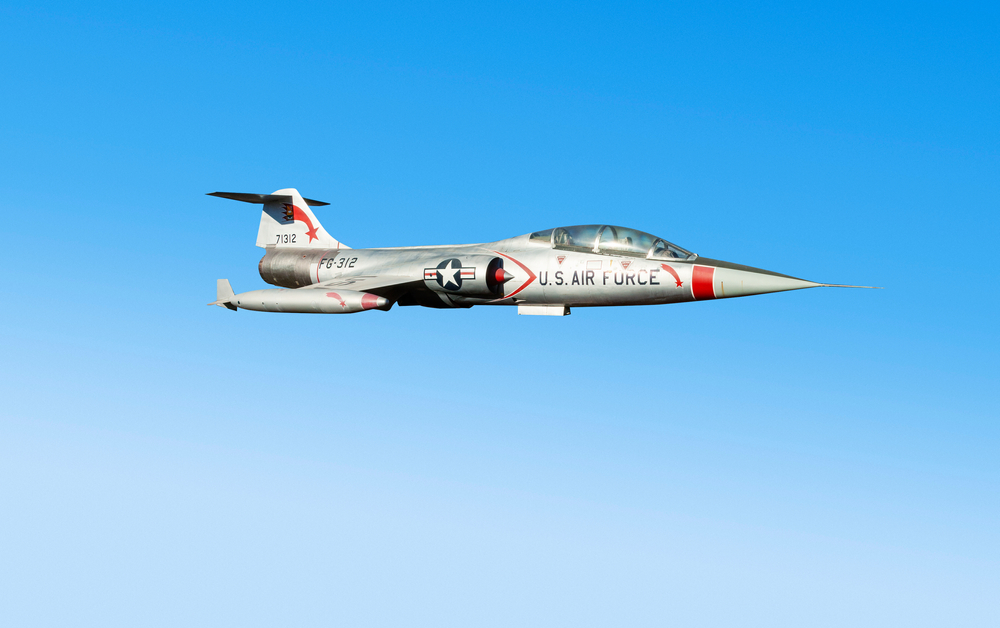
The F-104 Starfighter, often dubbed the “Widowmaker,” had a notoriously high accident rate. Its design, optimized for high-speed interception, resulted in poor low-speed handling and limited combat versatility. Many air forces that adopted it found it unsuitable for their operational needs, leading to a controversial service history.
Type 45 Destroyer
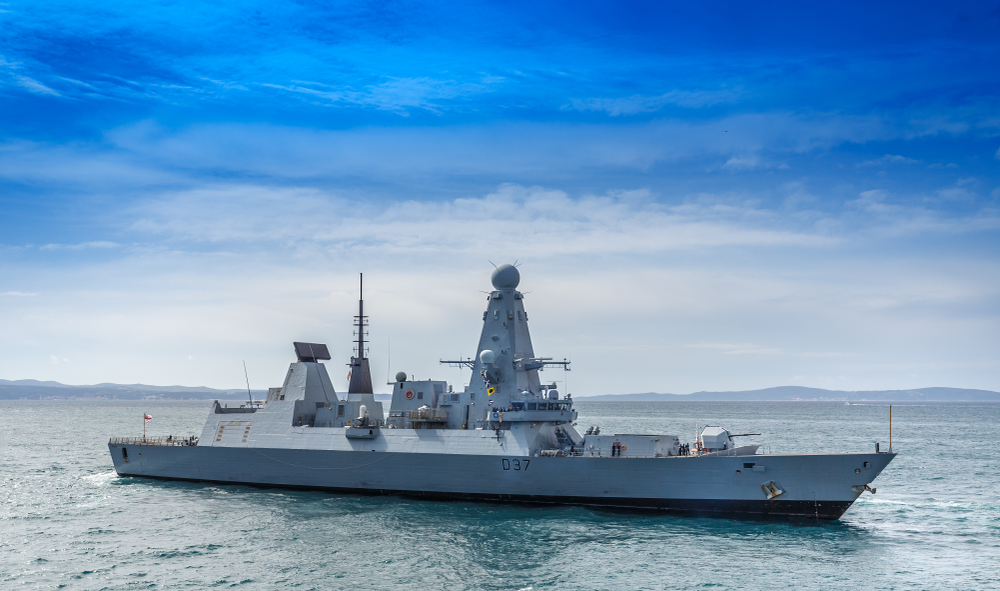
The Royal Navy’s Type 45 destroyers faced critical engine reliability issues, particularly in warm climates. These problems severely compromised their operational readiness and necessitated expensive and time-consuming retrofits. The engineering flaws highlighted significant shortcomings in what was otherwise an advanced and capable warship design.
EFV (Expeditionary Fighting Vehicle)
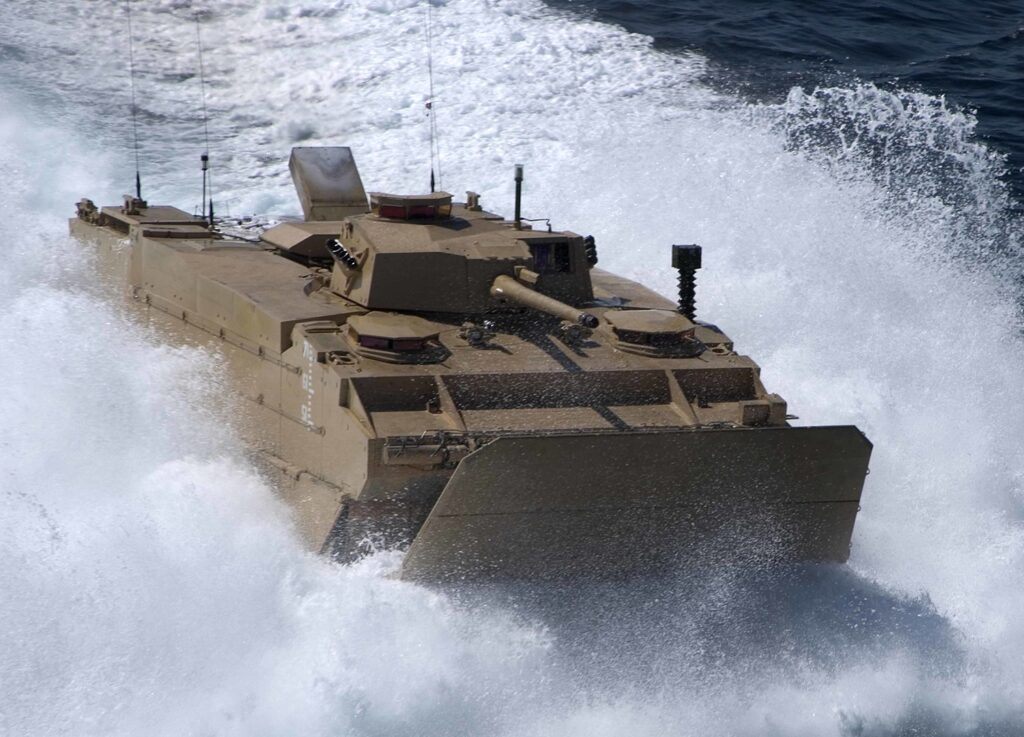
The EFV was designed to provide the U.S. Marine Corps with a high-speed, amphibious assault vehicle. Despite its innovative concept, the program was beset by technical challenges and significant cost overruns. Its inability to meet performance expectations led to its cancellation, as the Marines opted for more practical and cost-effective alternatives.
This article originally appeared in MyCarMakesNoise.
More from MyCarMakesNoise
20 Hidden Ways Electric Cars Contribute to Air Pollution

Electric cars are often praised for their environmental benefits, but they also have a hidden environmental impact. From battery production to electricity generation, there are several ways electric cars contribute to air pollution. Read More.
10 ATVs That Redefine Speed and Adventure
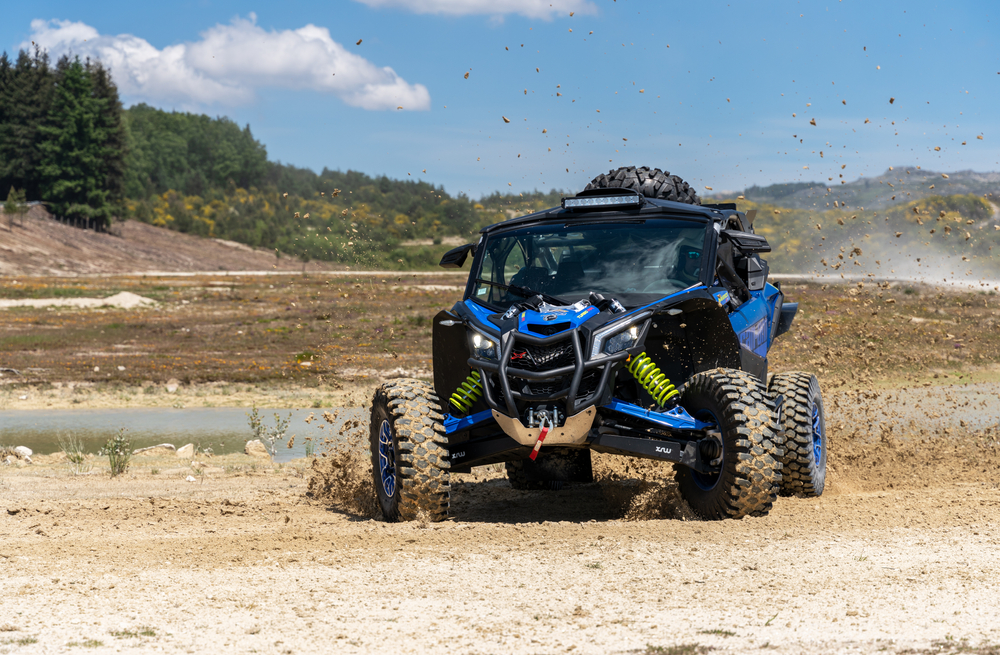
If you’re seeking the thrill of high-speed off-roading, these ATVs are built to deliver. In this list, we’ve gathered 10 models that not only push the limits of speed but also offer the ultimate adventure experience. Read More.
11 High-Speed Electric Motorcycles You Need to Know
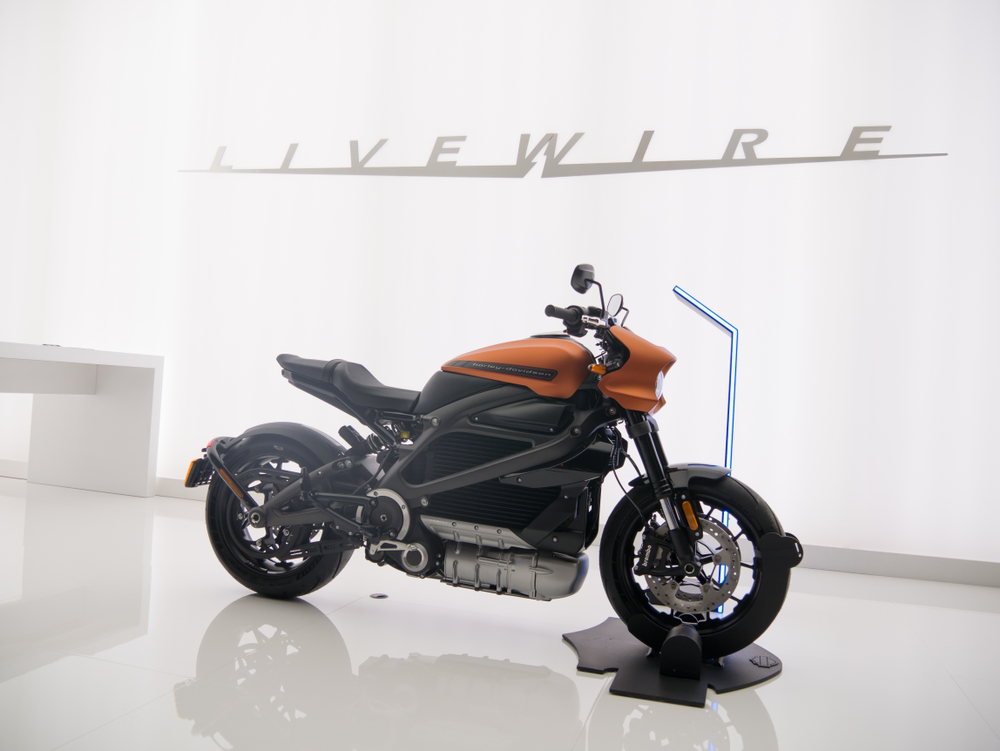
If you’re a speed enthusiast looking to embrace the future of motorcycling, electric bikes are leading the charge. These machines combine cutting-edge technology with serious power, offering thrilling rides without the roar of a traditional engine. Read More.




